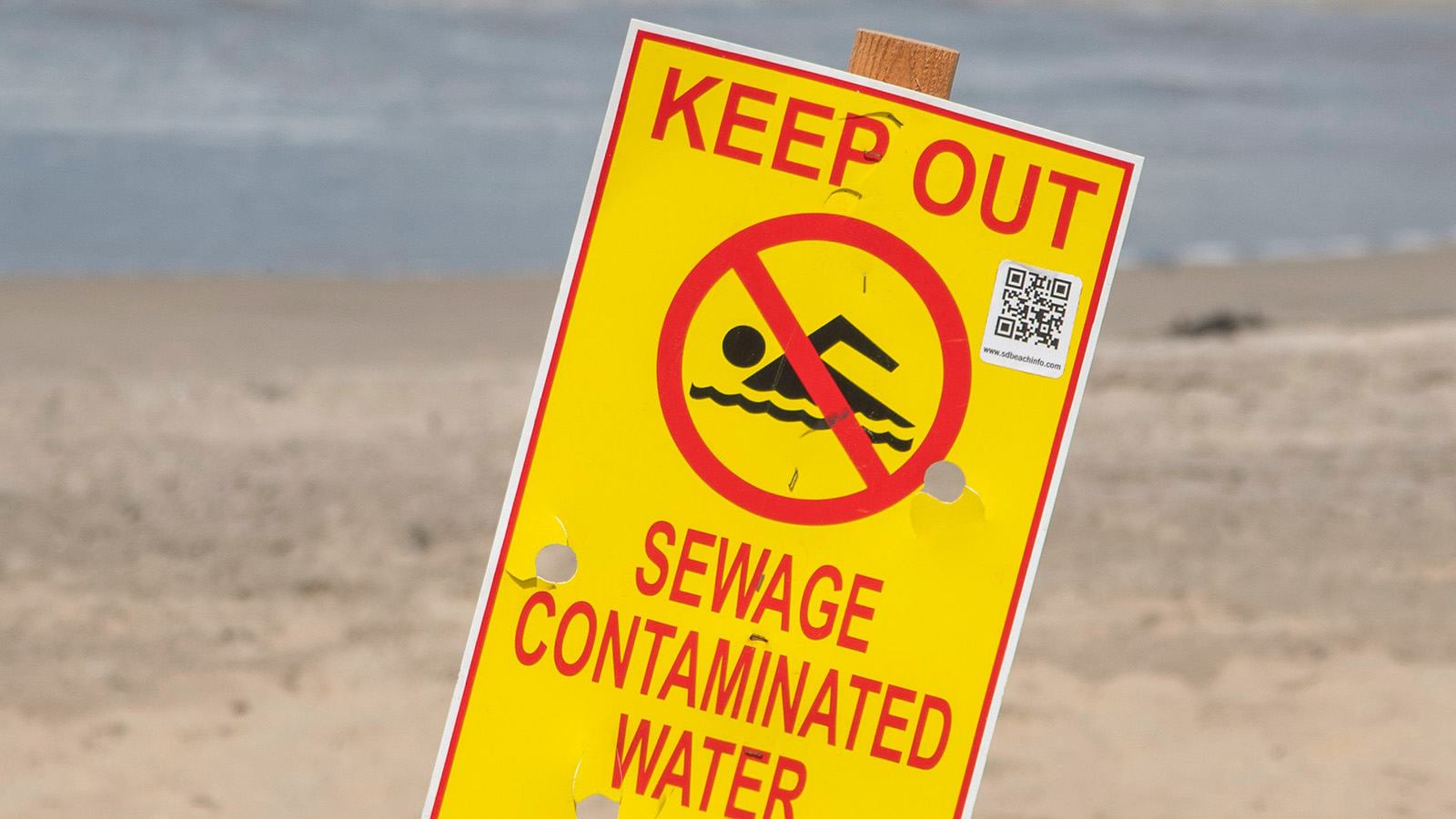
Map of U.S. slaughterhouses shows watershed-level pollution

When you hear about major industrial facilities creating water pollution, you probably think of operations that produce steel, chemicals, plastics or other synthetic products. However, much of the pollution in America’s waterways actually originates in facilities that produce food items, rather than the latest chemical concoctions. Slaughterhouses and animal processing facilities that produce beef, chicken, turkey and other animal products are major water polluters.
Slaughterhouses are the largest industrial source of phosphorus pollution dumped in waterways and the second largest source of nitrogen pollution, according to the latest data from the Environmental Protection Agency. Nitrogen and phosphorus pollution creates “dead zones” in rivers, lakes and even the ocean, where fish and most aquatic life can’t survive. Nutrient pollution also can feed the growth of toxic algal outbreaks that make water unsafe for swimming or drinking.
To better understand the burden of slaughterhouse pollution in waterways across the U.S., Frontier Group and Environment America Research & Policy Center mapped the location of hundreds of industrial livestock and poultry slaughtering and processing plants. Some of these facilities report discharging pollution directly to rivers or streams; others, though they process large numbers of animals, don’t report direct discharges because they may send their pollution to a water treatment facility. These facilities still can create water pollution problems: The EPA reports that many publicly owned water treatment facilities struggle to adequately treat pollution they receive from slaughterhouses.
We placed this information about slaughterhouses on a map that also shows watersheds. Often, slaughterhouses are concentrated in specific regions, resulting in high pollution levels for particular watersheds.
For example, our map shows that there are 11 slaughterhouses in the Susquehanna watershed that are very large facilities and/or that report releasing pollution directly to a waterway. The largest facilities process 100,000 to 10 million cows or pigs per year, or 10 million or more chickens or turkeys. In 2019, these facilities together sent more than half a million pounds of nitrogen and phosphorus directly into rivers and streams that feed into the Susquehanna River and ultimately the Chesapeake Bay. This is one reason the bay suffers from a large dead zone every summer, where fish and other aquatic species must flee or die from lack of oxygen.
The map also shows that many slaughterhouses are located in watersheds that drain into the Mississippi River, contributing to a more than 6,000 square mile dead zone along the Gulf Coast.
In addition to pollution released directly from slaughterhouses themselves, these facilities can encourage the construction of concentrated animal feeding operations (CAFOs) nearby. CAFOs generate large amounts of manure that contains nitrogen and phosphorus, adding to the water pollution burden in the region surrounding the slaughterhouse.
After a long campaign and a lawsuit by Environmental Integrity Project and Earthjustice on behalf of Environment America and other organizations, the EPA has announced it will review pollution standards for slaughterhouses, which were last updated in 2004 for the largest facilities.
Stronger pollution standards could lead to significantly reduced discharges – and it is well within the capabilities of large processing facilities to meet such standards. The most technologically advanced slaughterhouses have already demonstrated the feasibility of water treatment technology that allows them to release far less pollution than the dirtiest plants. Requiring all large slaughterhouses to adopt this better technology could see these facilities drop off the list of major polluters, making the common assumption that most pollution comes from facilities that make synthetic products an accurate one.
Topics
Authors
Elizabeth Ridlington
Associate Director and Senior Policy Analyst, Frontier Group
Elizabeth Ridlington is associate director and senior policy analyst with Frontier Group. She focuses primarily on global warming, toxics, health care and clean vehicles, and has written dozens of reports on these and other subjects. Elizabeth graduated with honors from Harvard with a degree in government. She joined Frontier Group in 2002. She lives in Northern California with her son.
Find Out More

Safe for Swimming?

Wasting our Waterways

Slaughterhouses Are Polluting Our Waterways

